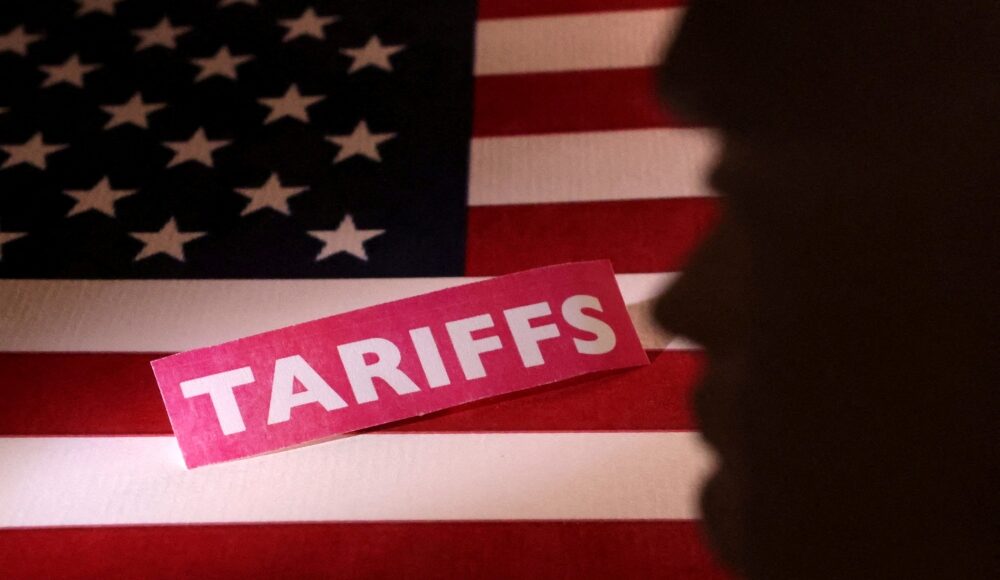JULY 8 — On April 9, 2025, President Donald Trump stunned the global economy by announcing a sweeping “Liberation Day” tariff regime — slapping a 10 per cent baseline tariff on all imports into the United States, and threatening even higher reciprocal tariffs on countries that, in his view, failed to treat American trade fairly. At the time, the world was given 90 days to comply, reflect, or negotiate. That deadline was supposed to expire on July 9.
Yet, on July 8 — just a day before the clock ran out — the Trump Administration did something unexpected but characteristically disruptive. Instead of activating the promised tariffs the next morning, the White House sent tailored letters to seven countries, including Malaysia, Japan, and South Korea, warning them that they now face 25 per cent tariffs effective August 1.
For Malaysia, a country that had hoped its close diplomatic ties and economic complementarities with the US might earn some tariff exemptions, the move came as a shock. For Japan and South Korea, the timing was even more puzzling. Talks had been ongoing, and neither had expected the White House to preemptively tighten the noose — especially before the July 9 deadline even arrived.
Why the sudden shift? And why is Trump repeatedly changing the tariff deadlines that he himself set?
The answer lies in a core aspect of Trump’s negotiating doctrine: manufactured unpredictability.
Deadline diplomacy as weaponized leverage
Deadlines are not timelines in Trump’s world; they are instruments of leverage. From trade to arms deals to foreign policy, Trump has always treated deadlines not as fixed events but as threat vectors. They are not meant to culminate in action per se, but to force reactions from others — preferably capitulation.
Take the original 90-day pause that Trump granted to the world on April 9. It was framed as a diplomatic reprieve, a window for countries to cut bilateral deals before the wrath of American tariffs was unleashed. But it was also a trapdoor — leading to either compliance or penalty.
Then came the early July surprise. Instead of waiting until the original July 9 deadline, Trump preemptively issued tariff notices to Malaysia, Japan, and South Korea, effectively shortening the negotiation window. And yet, paradoxically, he also gave them a new window: August 1. The new date is arbitrary, yet precise enough to pressure decision-making within foreign capitals.
In this sense, Trump’s shifting of tariff deadlines is not incoherent. It is a calibrated tactic. By constantly moving the goalposts, he keeps countries off-balance, keeps negotiators guessing, and keeps markets on edge — but not yet panicked. It is a playbook based on calculated chaos.
Country-specific pressure campaigns
The July 8 letters to Malaysia, Japan, and South Korea were not broad communiqués. They were country-specific documents — almost identical in tone and language — announcing a flat 25 per cent tariff, but allowing just under four weeks for a negotiated escape route.
For Malaysia, the letter reportedly referenced “unbalanced market access” and urged greater openness to US agricultural products and high-tech imports.
For Japan and South Korea, the letters revived old Trumpian grievances: defense cost-sharing, trade imbalances, and currency policy.
In short, these letters serve two purposes. First, they recast old grievances in a new light, justifying steep tariffs under the pretense of economic fairness. Second, they buy Trump more time to demand tailored concessions — while still appearing tough to his domestic political base.
Manufactured urgency
Critics call it erratic. Supporters call it strategic. But Trump’s ever-changing tariff timeline undeniably creates a sense of manufactured urgency. Countries cannot plan or negotiate on their own schedule; they must do so on Washington’s.
The August 1 deadline is a textbook example. By moving the date forward from July 9 and then delaying real enforcement to August 1, Trump creates two pressure points instead of one. Each shift generates headlines. Each announcement causes markets to twitch. And each deadline becomes a point of diplomatic extraction.
Moreover, these shifts signal to US voters that the President is not softening. By keeping the threat alive but extending the fuse, Trump feeds a steady narrative of “America First” without igniting an all-out global trade war — yet.
The Asia Shock: Malaysia, Japan, South Korea caught in the crosshairs
For Southeast Asia and the broader Indo-Pacific, the implications are profound. Malaysia had just concluded high-level economic talks with France and Italy. Japan is preparing for Upper House elections later this month. South Korea’s economy is already on the brink of recession, with GDP growth forecast slashed to below 1 per cent. In this climate, Trump’s tariff threats feel less like policy and more like economic coercion.
The threat of 25 per cent tariffs on Malaysia is particularly puzzling, given its relatively balanced trade profile and longstanding ties with the US If this is how allies are treated, what hope do adversaries have?
Yet, therein lies Trump’s logic. His trade doctrine is not about punishing enemies and rewarding friends. It’s about extracting maximum advantage from everyone, especially those who’ve taken the US market for granted, in his view.
A 3D-printed figure of US President Donald Trump, a US flag and a “tariffs” label are seen in this illustration taken April 10, 2025. — Reuters pic
Conclusion: Strategy in the shifting sands
Why does Trump keep moving the goalposts? Because in doing so, he retains total narrative control. Every extension feels like a reprieve. Every shortening feels like a warning. It is diplomacy by way of disruption, and economic policy dressed up as theater.
But make no mistake — beneath the chaos lies a cold calculation. Trump’s shifting deadlines are not a sign of indecision, but of strategic opportunism. Whether or not countries like Malaysia, Japan, and South Korea will bow to this timeline remains to be seen. What is clear is that in Trump’s world, time itself is a tariff — measured not in days, but in leverage.
* Phar Kim Beng is the Director of the Institute of Internationalization and Asean Studies (IINTAS) and Professor of Asean Studies in International Islamic University of Malaysia. He writes frequently on regional trade, diplomacy, and international strategy.
** This is the personal opinion of the writer or publication and does not necessarily represent the views of Malay Mail.





